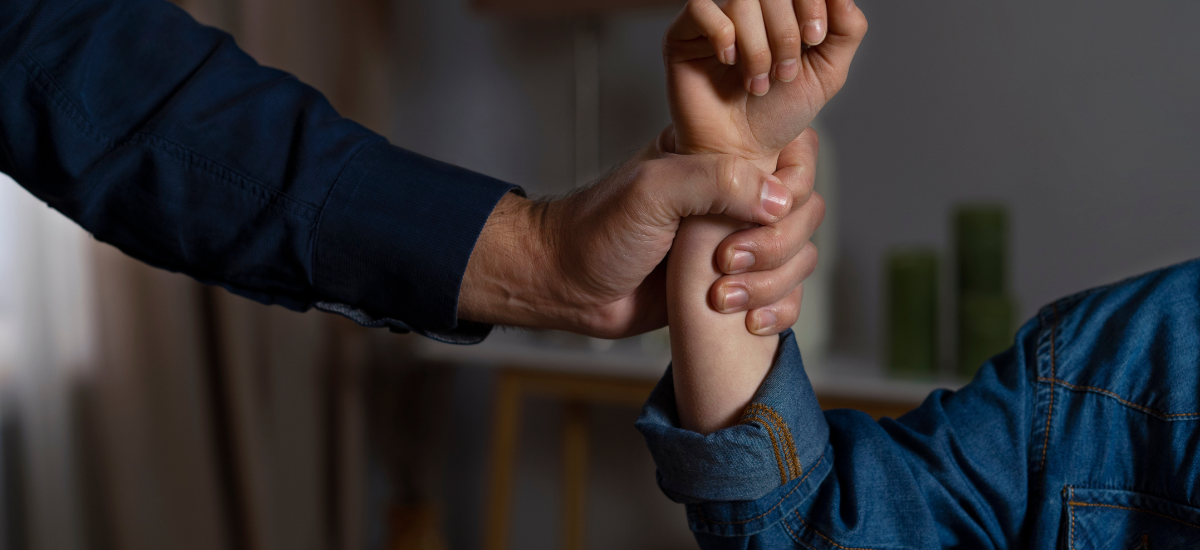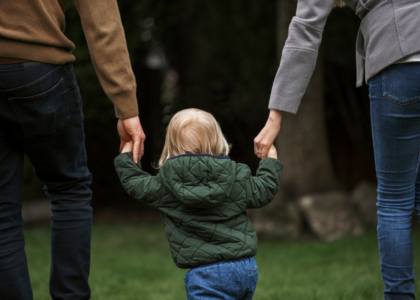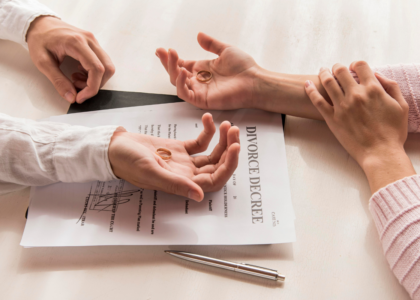Introduction
Domestic violence remains a significant social issue in Maryland, affecting countless individuals and families. This pervasive problem spans all demographics, including age, race, socioeconomic status, and education levels. Understanding the scope, causes, and responses to domestic violence in Maryland is crucial for creating effective policies and support systems to protect victims and prevent future abuse.
Scope of the Problem
- Prevalence: Domestic violence in Maryland impacts thousands annually. According to the Maryland Network Against Domestic Violence (MNADV), there were over 33,000 domestic violence-related calls to law enforcement in 2022.
- Demographics: While domestic violence affects all groups, certain demographics, such as women, LGBTQ+ individuals, and low-income families, are disproportionately affected.
- Types of Abuse: Domestic violence encompasses physical, emotional, psychological, sexual, and financial abuse. Each form of abuse can have devastating and long-lasting effects on victims.
Causes and Risk Factors
- Cultural and Social Norms: Societal norms that promote patriarchal values and the subjugation of women contribute to the persistence of domestic violence.
- Economic Factors: Financial stress and dependency are significant risk factors. Economic hardship can exacerbate tensions in relationships, leading to increased instances of abuse.
- Substance Abuse: Alcohol and drug abuse are often linked to domestic violence, either as a catalyst for violent behavior or as a coping mechanism for victims.
- Mental Health Issues: Both victims and perpetrators of domestic violence may suffer from mental health issues, which can complicate and exacerbate the cycle of abuse.
Legal Framework and Law Enforcement
- Laws and Regulations: Maryland has enacted several laws to address domestic violence, including protective orders, criminal penalties for abusers, and programs for batterer intervention. The state’s legal framework aims to protect victims and hold perpetrators accountable.
- Law Enforcement Response: Maryland law enforcement agencies are trained to handle domestic violence cases with sensitivity and professionalism. The use of body cameras and specialized domestic violence units helps ensure proper documentation and response.
- Protective Orders: Victims can obtain protective orders to prevent further contact and abuse from the perpetrator. These orders can include provisions for temporary custody of children, use of shared residences, and financial support.
Support Systems and Resources
- Shelters and Safe Houses: Maryland provides numerous shelters and safe houses for victims of domestic violence. These facilities offer temporary housing, counseling, and support services to help victims rebuild their lives.
- Counseling and Support Groups: Professional counseling and support groups are essential for helping victims cope with the trauma of domestic violence. These services provide a safe space for victims to share their experiences and receive emotional support.
- Legal Aid: Legal assistance is available for victims who need help navigating the legal system. Legal aid organizations offer services such as filing protective orders, divorce proceedings, and custody disputes.
- Hotlines and Crisis Intervention: 24-hour hotlines offer immediate support and resources for victims of domestic violence. Crisis intervention services help victims develop safety plans and connect with necessary services.
Prevention and Education
- Public Awareness Campaigns: Raising awareness about domestic violence through public campaigns is crucial for prevention. These campaigns aim to educate the public about the signs of abuse and available resources.
- Education Programs: Schools and community organizations offer educational programs that teach healthy relationship skills and conflict resolution. These programs target both youth and adults to prevent the cycle of abuse.
- Training for Professionals: Professionals who work with domestic violence victims, including healthcare providers, social workers, and law enforcement officers, receive specialized training to handle cases effectively and empathetically.
Challenges and Future Directions
- Underreporting: One of the significant challenges in addressing domestic violence is underreporting. Victims often fear retaliation, lack trust in the legal system, or feel ashamed, leading them to remain silent.
- Resource Allocation: Ensuring adequate funding and resources for domestic violence programs remains a challenge. Budget constraints can limit the availability of essential services.
- Intersectionality: Addressing the intersectionality of domestic violence, including how it affects marginalized communities differently, is critical for creating inclusive and effective support systems.
- Legislative Advocacy: Ongoing advocacy for stronger laws and better enforcement is necessary to protect victims and hold perpetrators accountable. Legislative changes must reflect the evolving understanding of domestic violence.
Key Takeaway
Domestic violence in Maryland is a complex and multifaceted issue that requires a coordinated response from legal, social, and health systems. While significant progress has been made in terms of laws, support services, and public awareness, continued efforts are necessary to ensure the safety and well-being of all victims. By addressing the root causes, providing comprehensive support, and promoting education and prevention, Maryland can work towards a future where domestic violence is eradicated.




